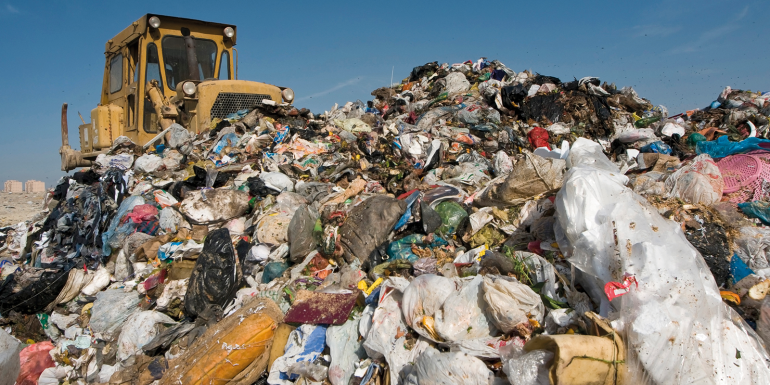Industry Opinion

Murielle Goubard, Global Segment Manager at Malvern Panalytical, discusses the urgent need to turn trash into useful treasure.
The UN estimates that the global population (currently 8.1 billion) will reach approximately 9.7 billion people by the year 2050. It has been projected that waste production will consequently increase by 70%. The growing population will lead to a greater demand for housing and infrastructure, which will require more concrete and cement. The cement industry produces the majority of its carbon dioxide (CO2) emissions through two processes: combustion of fuels to heat the kilns and calcination of limestone, the principal calcium carbonate raw material.
In the production of ordinary portland cement (OPC) with 95% clinker, 38% of CO2 emissions per ton of produced cement comes from the utilisation of fossil fuels for heating the rotary kiln. So wouldn’t it be better for alternative fuels to be sought?
Substitute source of fuel
The cement industry has already implemented the use of alternative fuels. Burning waste as fuel transforms waste into a productive resource, eliminating the need for costly disposal or storage. Using the pre-existing infrastructure of cement kilns conserves further resources, as the heat generated from incineration is harnessed as useful energy rather than being wasted in a municipal plant. Manufacturers can substitute pricey fossil fuels with a readily available resource that people are eager to dispose of.
However, there is an issue with this approach. Alternative fuels derived from waste materials tend to vary significantly in terms of the materials they’re composed of. On top of this, they also may have different levels of moisture and varied distributions of particle size. Some of these fuels can even contain toxic elements such as mercury, thallium or cadmium that can cause harmful or illegal emissions.
Some other elements – such as chlorine and sulfur, for instance – could also have adverse effects on the cement properties and on the process itself. Finally, these variations can also modify the temperature and atmosphere in the rotary kilns, leading potentially to heterogeneous and inappropriate clinker.
This does not imply that these fuels should not be used, however. Instead, meticulous control protocols should be employed. This will ensure a stable fuel stream, guarantee safety, prevent environmental harm from toxic emissions and make sure to get the targeted clinker, leading to cement with the right composition and properties.
The most effective approach to monitoring its composition is through materials analysis. X-ray fluorescence (XRF) is a prominent technique for precise and consistent elemental characterisation, and it can be effectively combined with other methods. Standardless analysis program software can also be used to quantify elements when no matrix-specific standards are available. This is especially useful for alternative fuel applications, where samples may be inconsistent or even unidentified. XRF instruments such as the Epsilon 4 and the Zetium answer this challenge, while cross-belt analysers like the PFTNA CNA Pentos allow continuous elemental characterisation and monitoring of the process, with real-time measurements and related (re)actions.
It’s clear there are challenges and opportunities, particularly in the building materials industry, and we have the knowledge and tools to embrace them. Burning waste presents a better use of resources, though a more sustainable long-term solution is still to be found.
 Murielle Goubard has a PhD in Materials Science from Sorbonne University in Paris, and continued materials research at Solvay for 15 years. At Malvern Panalytical, she is responsible for developing business opportunities for analytical solutions applied to cement, concrete, glass and asphalt materials.
Murielle Goubard has a PhD in Materials Science from Sorbonne University in Paris, and continued materials research at Solvay for 15 years. At Malvern Panalytical, she is responsible for developing business opportunities for analytical solutions applied to cement, concrete, glass and asphalt materials.









